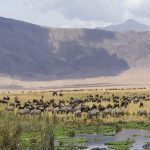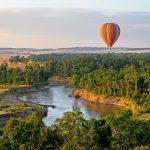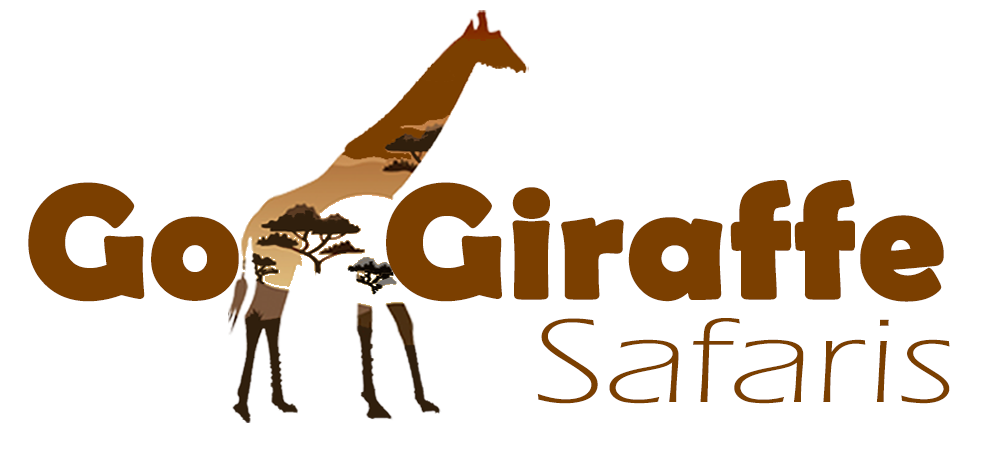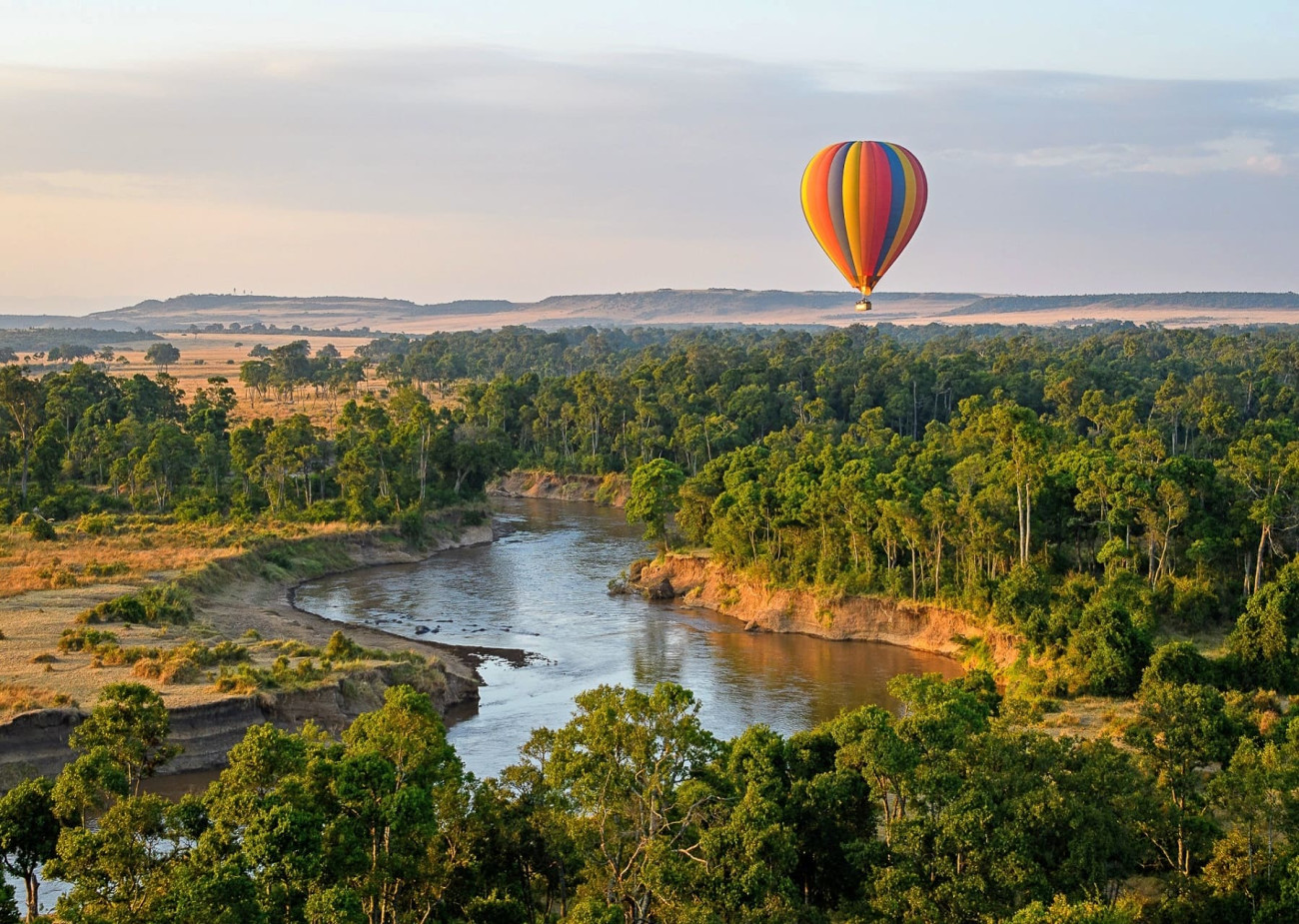
Serengeti National Park: Home for Great Migrations
The Serengeti National Park is undoubtedly the best-known wildlife sanctuary in the world, unequalled for its natural beauty and scientific value, it has the greatest concentration of plains game in Africa. It is Tanzania’s oldest park on the planet and a UNESCO World Heritage Site.
It is home to one of the best natural events in the world and offers top-class wildlife viewing throughout the year.
The Serengeti is where to go in Tanzania for game viewing at its most dramatic. Hosting the lion’s share of the Wildebeest Migration (from about Ends of December to October), the Serengeti’s sheer size, accessibility, top-quality lodges and camps, and year-round abundance of wildlife make it one of the best safari destinations in Africa. It’s also a regular stop on the best Tanzania safari tours.
- Serengeti National Park , is one of the most renowned and classic destinations,
- Ranking at the top of the safari lover’s top destinations the park is home to numerous wild animals and it most visited national parks in Tanzania
- The park is one of the largest national parks covering around 14,750km2
- The safari lovers come to Serengeti Park to experience truly wild African Safari.
- The park is home of big and small cats’ family i.e. 3,000 lions, 1,000 leopards, 300 cheetahs 8,000 Hyenas, Jackal and bat-eared for can be spotted in the park
- The park spans, 12,000 square miles of grassland plains, savanna, riverine forest, and woodlands
- The true fame Serengeti gained after getting framed in a book and film named “Serengeti Shall Not Die” by Bernhard Grzimek and his son Michael in the 1950s.
- The park holds a good variety of wildlife like blue wildebeests, gazelles, zebras, and buffalos inhabit the region, along with lions, spotted hyenas, and many more.
- The park is probably the cheapest one that enables a large number of herbivores as well as carnivores.
- Over 500 birds’ species are found in the park including ostrich, secretary bird, kori bustard, crowned crane, marabou stork, martial eagle, lovebirds, and many more.
- The park offers a great view which is iconic for photography safaris
The name Serengeti is actually the word used by the Maasai to describe the area, siringit, which means “the place where the land runs on forever.
The Park can be divided into three sections
- Southern/Central part (Seronera Valley), is what the Maasai called the siringit the land of endless plains. Classic savannah dotted with acacias and filled with wildlife
- The Western corridor is marked by the Grumeti River, and has more forests and sense bush
- The North, Lobo area, meets up with Masai Mara Reserve, is the least visited section.
Activities
- Hot air balloon Safari
- Wildlife Safari Big Five
- Great Wildebeest Migration
- Birding Safari
- Super luxury Experience
- Camping Safari Experience
- Helicopter Safari Experience
- Photographic Safari Experience
- Bush breakfast, bush lunch, bush dinner, sundowner,
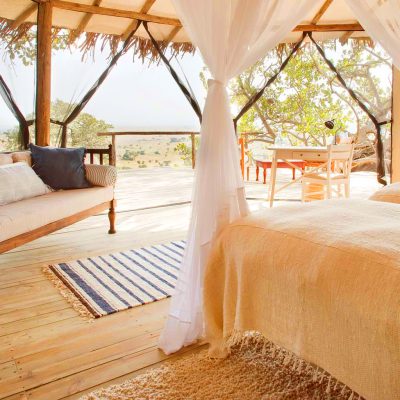
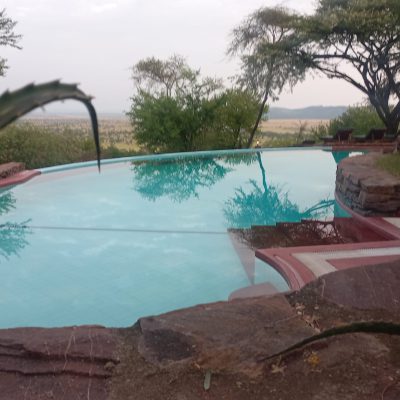
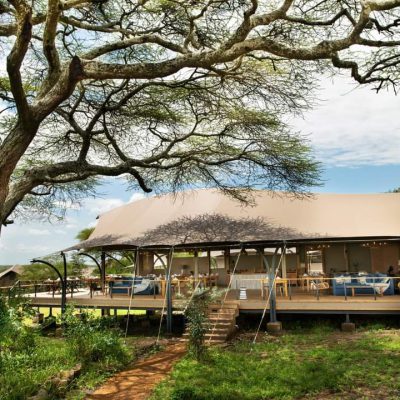
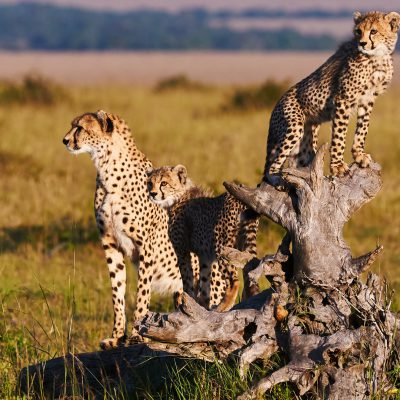
Best time to visit
Wildlife viewing in Serengeti National Park is good throughout the year. But certain areas are better at specific times
Dry season (June to October)
The best wildlife viewing and wildebeest migration as its absolute highlight. Animals are easier to spot since they concentrate around waterholes and rivers and the vegetation is less thick.
Time for Serengeti migration crossing of the Grumeti river and Mara River.
Wet season (end December to February)
Great Ndutu Migration crossingis the time to see the wildebeest calving, and this is an superb time to see predator action and the scenery is lush
Peak wet Season ( March to May),
Are low season, less crowded, Migratory birds are present and bird-watching is at its best, rains are mostly short
Getting There
The majority of safaris to Serengeti National Park began from the town Arusha, Also from Mwanza as a newly option point. The best option to get there is to fly into Kilimanjaro International airport (JRO) just about an hour drive from Arusha. Also catch your flight from Julius Nyerere International Airport (DAR), Zanzibar international airport (ZNZ), and use a domestic flight to get into Arusha Airport (ARK) or Direct to Serengeti National Park from Dar es Salaam or Zanzibar. Or fly direct to Kenya’s capital Nairobi and you can board a bus to Arusha.
By road, the best option to access all parks of the northern circuit is from Arusha, Moshi and nearly future will start from Mwanza airport or Dodoma airport, it is a bumpy ride but it’s scenic and you’ll see some wildlife on the way. As the trip takes you through the Ngorongoro Conservation area, a popular option is to fly one way, and drive the other way taking in an overnight stop to visit the Ngorongoro Crater
By regular scheduled or chartered flights, is to fly into Serengeti airstrips, options from Zanzibar, Dar es Salaam, Kilimanjaro, Arusha, Mwanza and also from Maasai Mara or Wilson Nairobi airport you will be picked up from Serengeti airstrip by our safari vehicle.
Great Serengeti Migration Trend
The Migration trend standard is probability due to unpredictable Nature when the Wildebeest migrations dependent on rain. They usual follow the path of the rain in order to feed off the new grass whilst also being close to a good water supply.
January, February and March, with most wildebeest calves born in a short window around February.
Gradually they spread west across these plains (Ndutu Ngorongoro & Ndutu Serengeti), then around April they start their great migration north Serengeti.
By May the Serengeti’s wildebeest all seem to be moving north, migrating to seek fresh grazing and water. The area around Moru Kopjes and west of Seronera is then hectic with a series of moving columns, often containing hundreds of thousands of animals – joined by many zebra, and a scattering and Grant’s gazelles. Some of the migration then head due north of Seronera, but most are usually further west.
June the wildebeest migration is often halted on the south side of the Grumeti River, which has some channels which block or slow their migration north. The wildebeest then congregate there, in the Western Corridor, often building up to a high density before crossing the river.
The river here is normally a series of pools and channels, but it’s not continuous – and so whilst they always represent an annual feast for the Grumeti River’s large crocodiles, these aren’t usually quite as spectacular as the crossings of the Mara River, further north.
July and August, the wildebeest migration continues moving northwards, often spreading out across a broad front: some heading through Grumeti Reserve and Ikorongo. Others north through the heart of the Serengeti National Park
September sees the herds spread out across the northern Serengeti, where the Mara River provides the migration with its most serious obstacle.
This river gushes through the northern Serengeti from Kenya’s adjacent Maasai Mara Game Reserve. Watching the frantic herds of the wildebeest migration crossing the Mara River can be very spectacular; it’s common to see herds cross the Mara River north on one day, and then back south a few days later.
By October the wildebeest herds are migrating again with more accord: all are heading south, through western Loliondo and the Serengeti National Park’s Lobo area, returning
